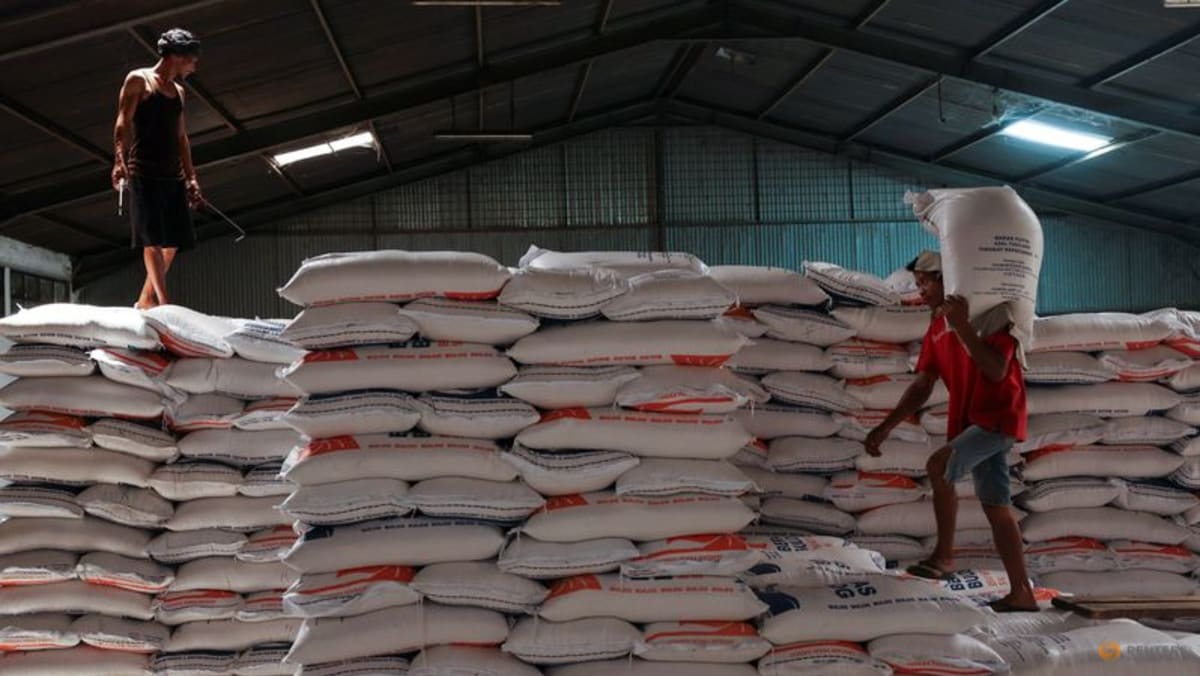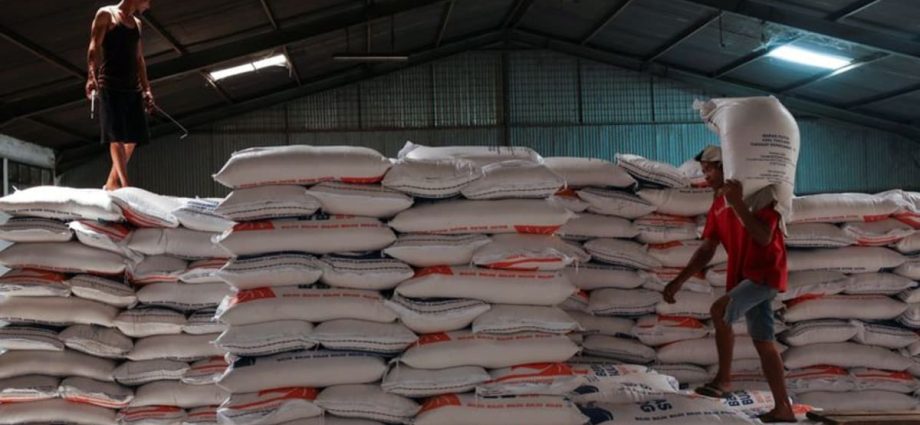
TECH CAN HELP FARMERS FACING SOARING TEMPERATURES
To combat the rice shortfall, Indonesian President Joko Widodo last year drafted in the military to help with planting and subsidised fertiliser distribution.
Acknowledging the pressures from rising rice prices to consumers and the more than 15 million households that grow food, the Indonesian government has also begun to sell discounted rice and provide cash handouts to families worst hit.
Romauli Panggabean, environmental economist for sustainable food systems at think-tank the World Resources Institute Indonesia called for more diversification of sources of carbohydrates to help Indonesians be more resilient to rice price fluctuations.
She noted that the country’s National Food Agency was encouraging people to eat other locally available sources of carbohydrates such as corn, cassava, potatoes, banana, sorghum, and sago.
Distributing drought-tolerant rice seed varieties to farmers in affected regions was also important, said IRRI’s Shin.
In the longer term, the government should continue to invest in improving irrigation infrastructure, including rehabilitating existing canals and building new ones, to enhance water management and reduce dependence on rainfall, he added.
Early warning systems to monitor weather conditions and provide timely information to farmers about potential droughts, also allow them to take preventative measures.
This should go hand-in-hand with providing training to farmers on drought-tolerant agricultural practices, water conservation techniques and post-harvest storage, Shin said, adding that crop insurance schemes and diversifying crops offered greater security.
Technology is very much part of the solution, analysts said, with drones and sensors able to monitor crops, soil moisture, weather conditions and irrigation systems, and digital platforms enabling farmers to share information and best practices.
Apps can also help consumers find the best deals for rice.
In East Java’s Lamongan, one of Indonesia’s rice-producing regions, 70-year-old farmer Salimah said extreme weather had made life more difficult.
Longer droughts had forced her to grow more crops that are resistant to dry weather, such as corn or sesame, even though they are often more expensive.
“I plant green beans to keep my income … Most farmers leave their land empty because the weather is too hot,” she said.

